What Is Best Microphone For Voice Recording?
Choosing the Best Microphone for Voice Recording: A Detailed Analysis
When venturing into the world of voice recording, whether for podcasting, music, broadcasting, or professional voice-over work, selecting the right microphone is pivotal. The quality of your microphone can significantly affect the clarity, warmth, and overall quality of your recordings. With an abundance of options available, each designed for specific needs and environments, making an informed decision can be daunting. This article delves into the various types of microphones suitable for voice recording, evaluating their features, benefits, and ideal usage scenarios to help you make an educated choice.
Understanding Microphone Types
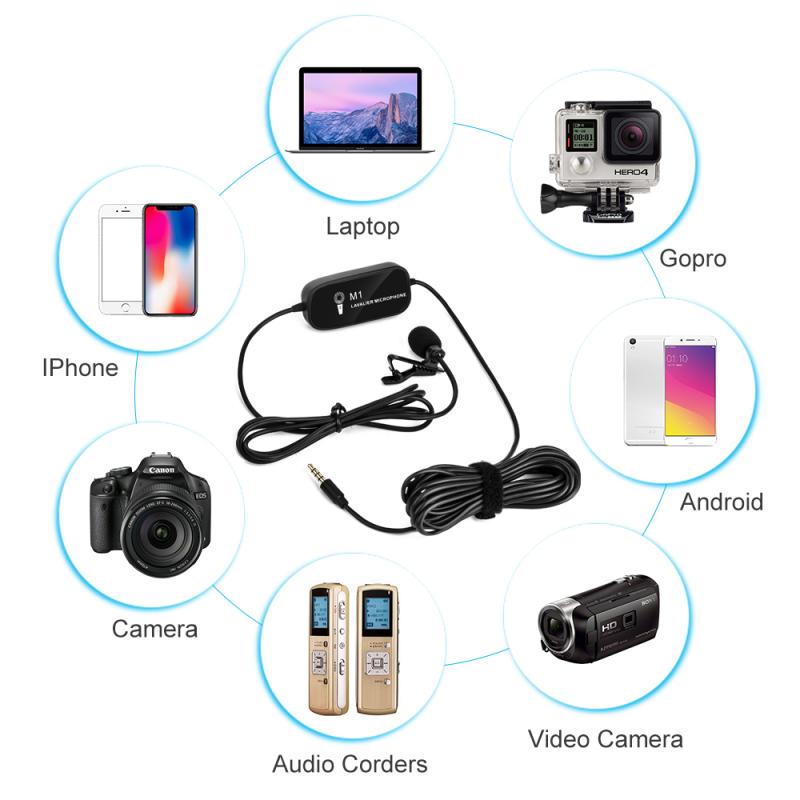
Dynamic Microphones
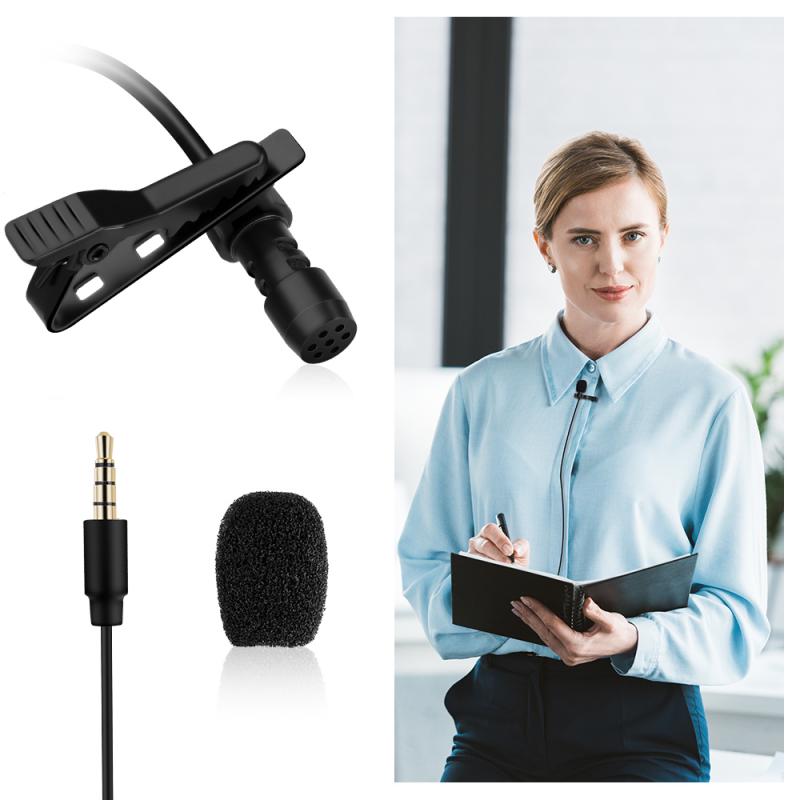
Dynamic microphones are renowned for their durability and versatility. They operate via an electromagnetic induction mechanism, making them less sensitive to sound pressure level (SPL) variations. This trait makes them ideal for recording in live or high-SPL environments, where background noise is prevalent. They are also more affordable and can withstand rough handling. However, their sensitivity to detail is lesser compared to condenser microphones.
Key Uses:
- Live performances
- Broadcasting
- Voice-overs in less controlled environments
Top Picks:
- Shure SM7B: Widely regarded as a go-to microphone for broadcast and voice-over work, it excels in isolating voice from ambient noise.
- Electro-Voice RE20: Another industry staple, known for its smooth, natural sound and consistent level.
Condenser Microphones
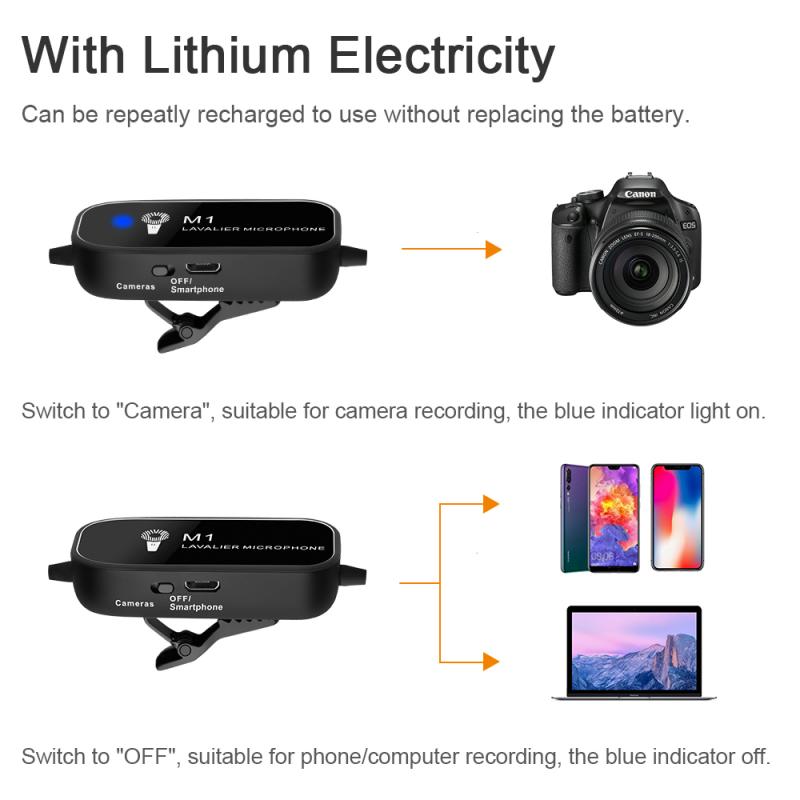
Condenser microphones are cherished for their sensitivity and capturing intricate details in a voice recording. They employ a capacitor to convert acoustical energy into electrical signals, offering a broader frequency response and greater transient response. This makes them perfect for studio recordings where precision is paramount. However, they are more fragile and can be pricey.
Key Uses:
- Studio voice recordings
- Podcasting
- Singing
Top Picks:
- Audio-Technica AT2020: An affordable yet high-quality option for aspiring podcasters and home studio enthusiasts.
- Neumann TLM 103: A premium choice, offering pristine clarity and warmth, often found in professional studios.
Ribbon Microphones
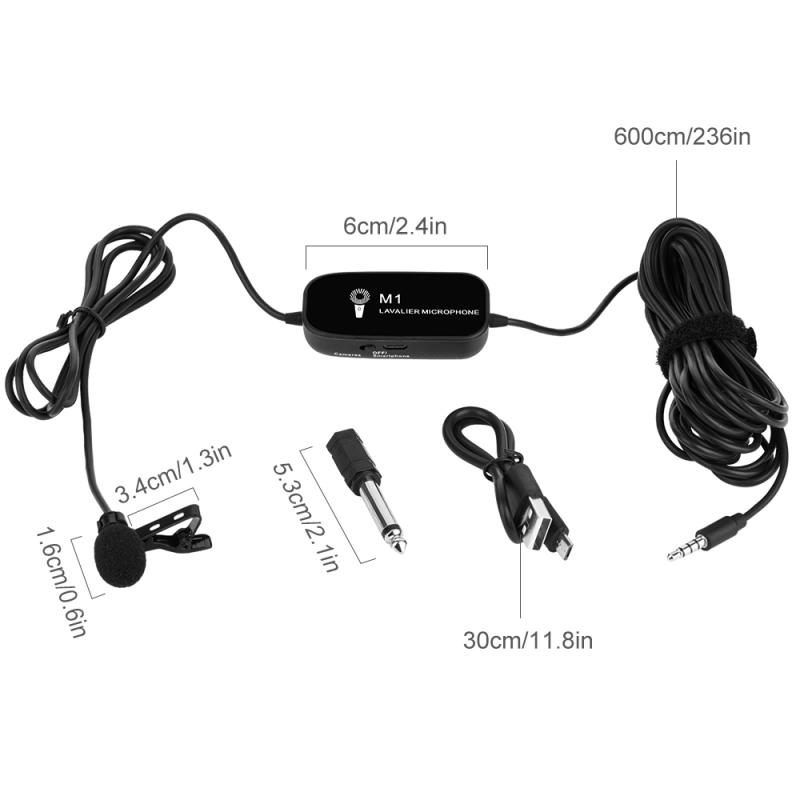
Ribbon microphones operate similarly to dynamic microphones but use a thin ribbon of aluminum suspended between the poles of a magnet, enabling them to capture sound with a natural and balanced frequency response. They are sensitive to high SPLs but are fragile and typically more expensive.
Key Uses:
- Recording vocals with warmth and vintage character
- Jazz and classical music recording
Top Picks:
- Royer R-121: Renowned for its smooth, realistic sound, making it a favorite for vocalists seeking a vintage touch.
- AEA R84: Delivers a classic, natural sound, ideal for those looking for a rich and warm vocal tone.
Factors to Consider When Choosing a Microphone
Sensitivity and Frequency Response
The sensitivity of a microphone determines how well it picks up quiet sounds. Condenser microphones generally have a higher sensitivity compared to dynamic ones, making them more suitable for detailed voice recordings in controlled environments. Frequency response, on the other hand, indicates the range of frequencies a microphone can accurately capture. A flat frequency response is often desirable for voice recording as it ensures a natural and uncolored sound.
Polar Pattern
The polar pattern of a microphone describes its directional sensitivity. Common patterns include:
- Cardioid: Captures sound primarily from the front, minimizing pickup from the sides and rear. Ideal for voice recording as it reduces background noise.
- Omnidirectional: Captures sound equally from all directions. Useful in situations where a more natural or ambient sound is desired.
- Bidirectional (Figure-8): Captures sound from the front and rear while rejecting noise from the sides. Often used in interview settings.
- Shotgun: Highly directional, capturing sound from a specific direction. Commonly used in film and broadcast interviews.
Connectivity
Microphones come with different connectivity options:
- XLR: Professional choice for studio use, providing balanced audio with minimal interference. Requires an audio interface or mixer.
- USB: Convenient and plug-and-play, making them ideal for home studio setups or beginners.
Budget and Durability
Your budget ultimately influences your choice. While premium microphones offer exceptional quality, there are also budget-friendly options that provide excellent performance for the price. Ensure that the microphone you choose is built to last, especially if you plan to use it in various settings.
Practical Recommendations by Use Case
For Beginners and Home Studios
If you're starting and setting up a home studio, opting for a USB condenser microphone like the Audio-Technica AT2020 USB+ provides a good balance of quality and affordability. It's easy to use and capable of delivering professional sound quality without the need for additional equipment.
For Professional Studios
For professional studio environments, investing in high-end condenser microphones such as the Neumann TLM 103 or the AKG C414 ensures superb audio fidelity and versatility. These microphones capture vocals with incredible detail and warmth, making them suitable for both voiceovers and music production.
For Podcasters and Broadcasters
Dynamic microphones like the Shure SM7B are a favorite among podcasters and broadcasters. Its cardioid polar pattern effectively rejects background noise, ensuring that your voice remains clear and focused. Paired with a decent audio interface, it excels in various recording setups.
For Field Recordings
When recording outside a controlled studio environment, a dynamic microphone like the Electro-Voice RE50N/D-B or a shotgun microphone such as the Rode NTG3 provides durability and excellent directional audio capture. These microphones are designed to reduce handling noise and focus on the subject, making them suitable for field interviews and documentaries.
Choosing the best microphone for voice recording hinges on understanding your specific needs, environment, and budget. Dynamic microphones are robust and versatile but less sensitive to detail, making them suitable for live or uncontrolled environments. Condenser microphones offer superior sensitivity and audio fidelity, ideal for studio settings. Ribbon microphones provide a unique vintage sound but require careful handling.
By considering factors such as sensitivity, frequency response, polar patterns, connectivity, and budget, you can find the microphone that perfectly meets your voice recording needs. Remember, the best microphone is one that complements your voice and recording style, enabling you to deliver high-quality audio content consistently.


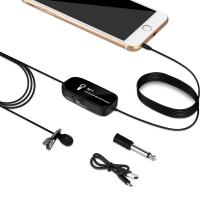
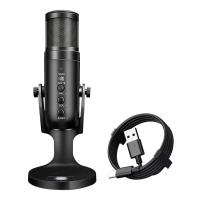
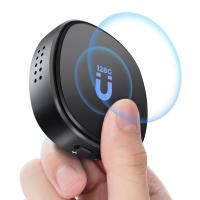
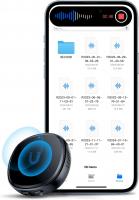
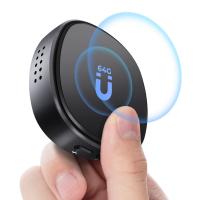
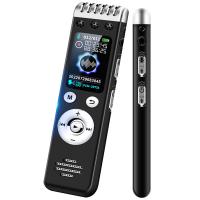
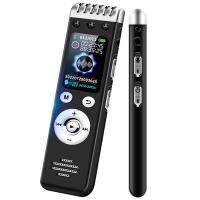
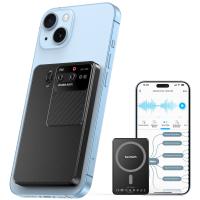
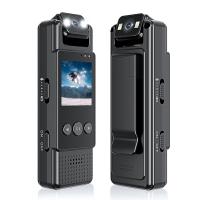
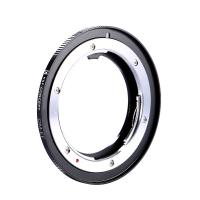

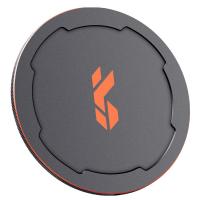
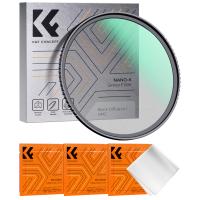
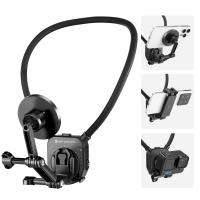
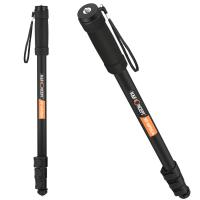
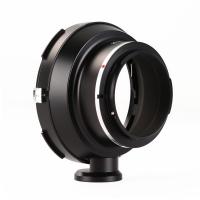
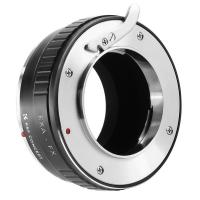
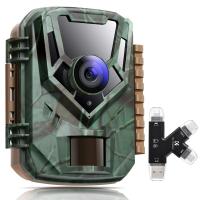

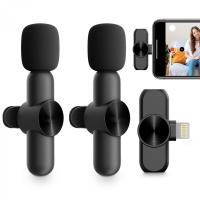

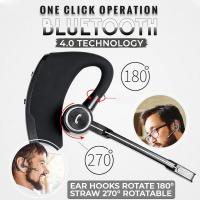
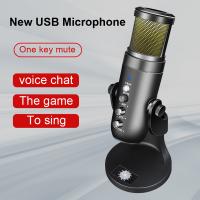

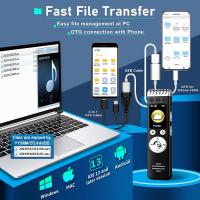
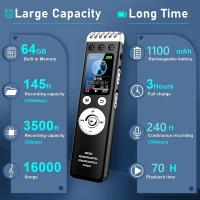


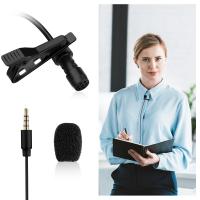


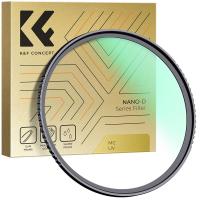

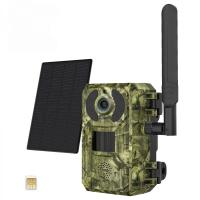
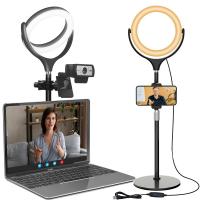
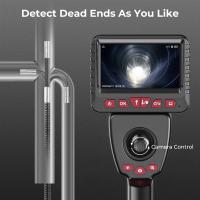
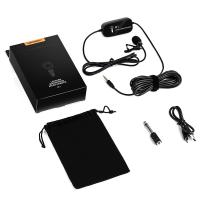
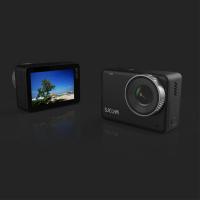
There are no comments for this blog.